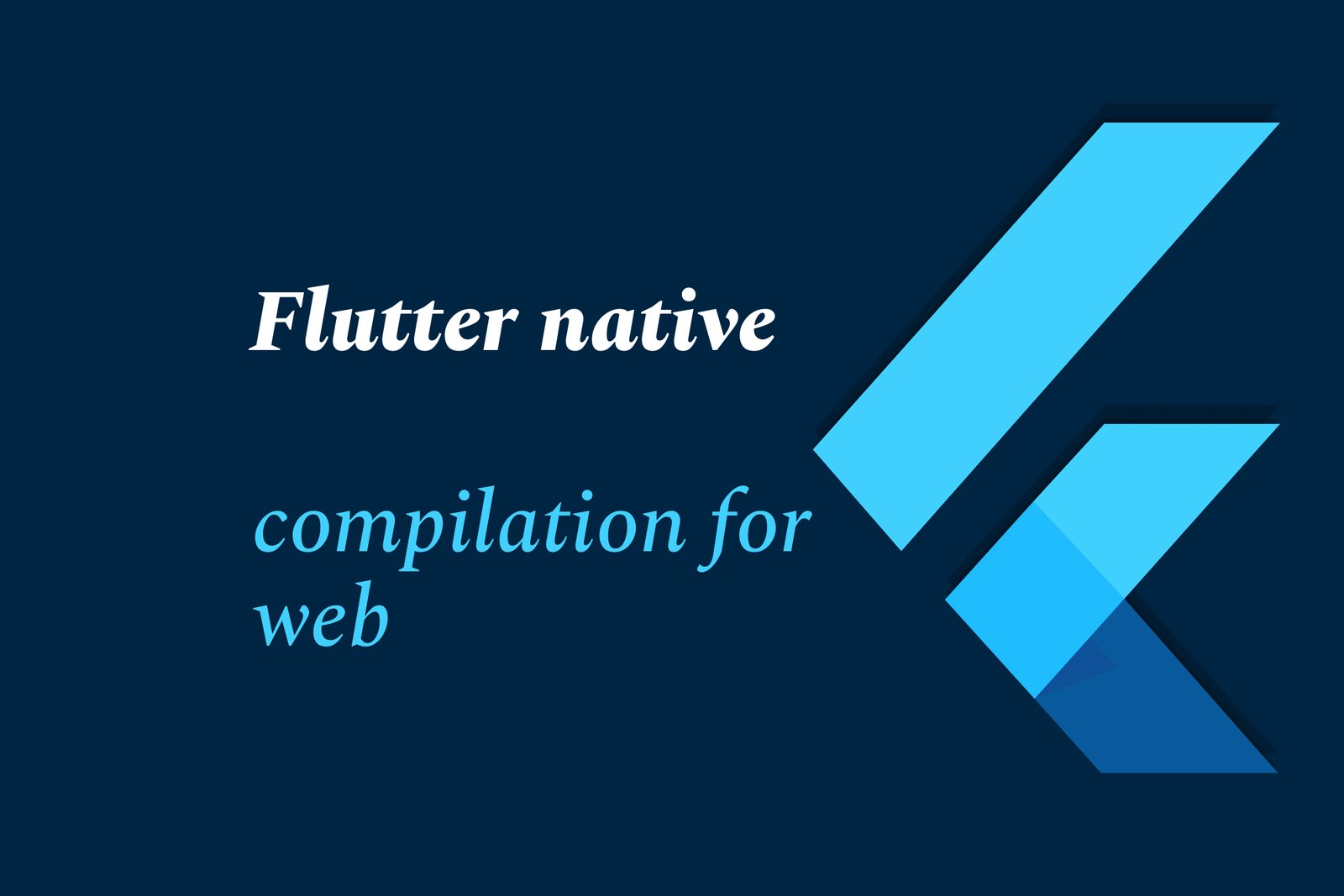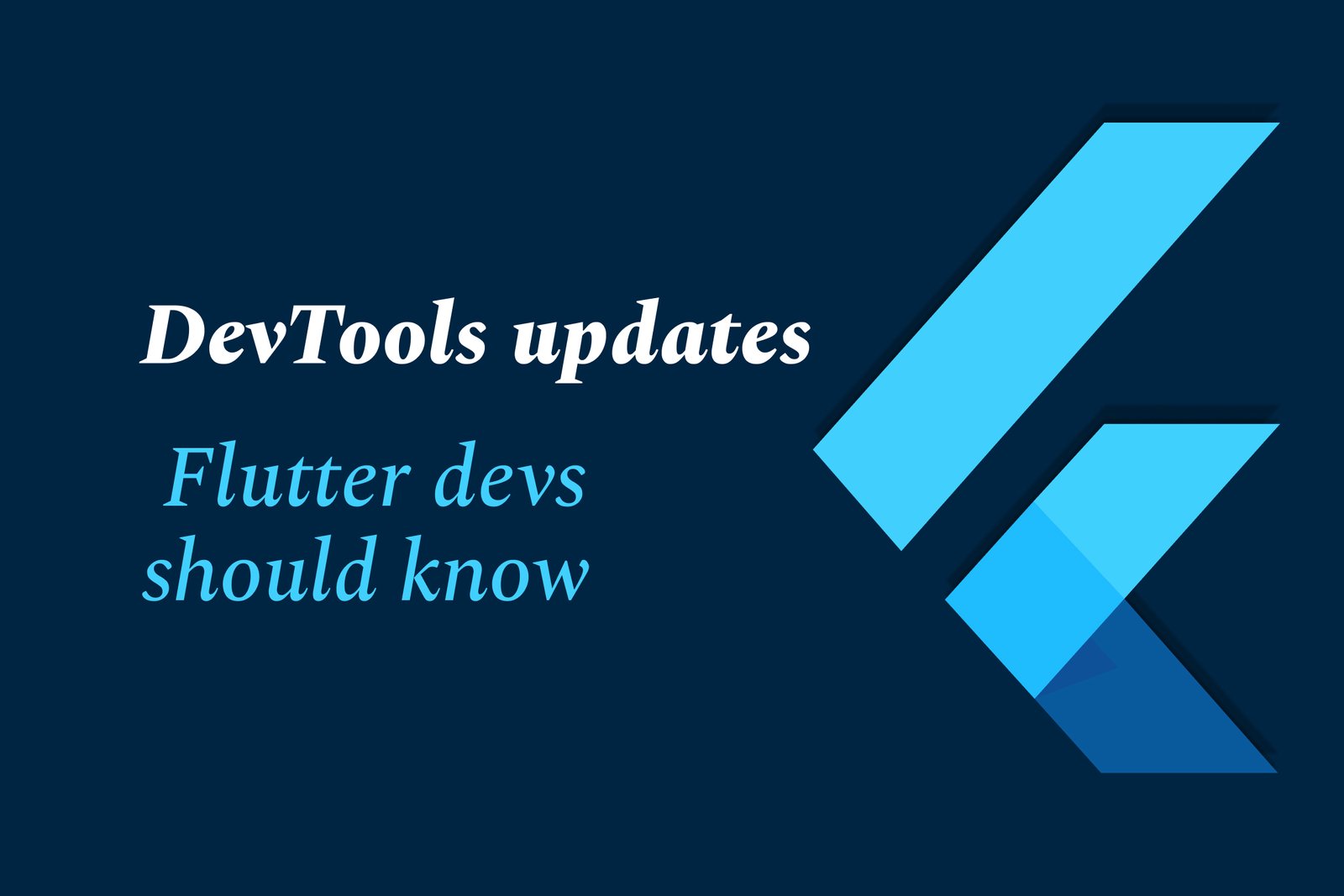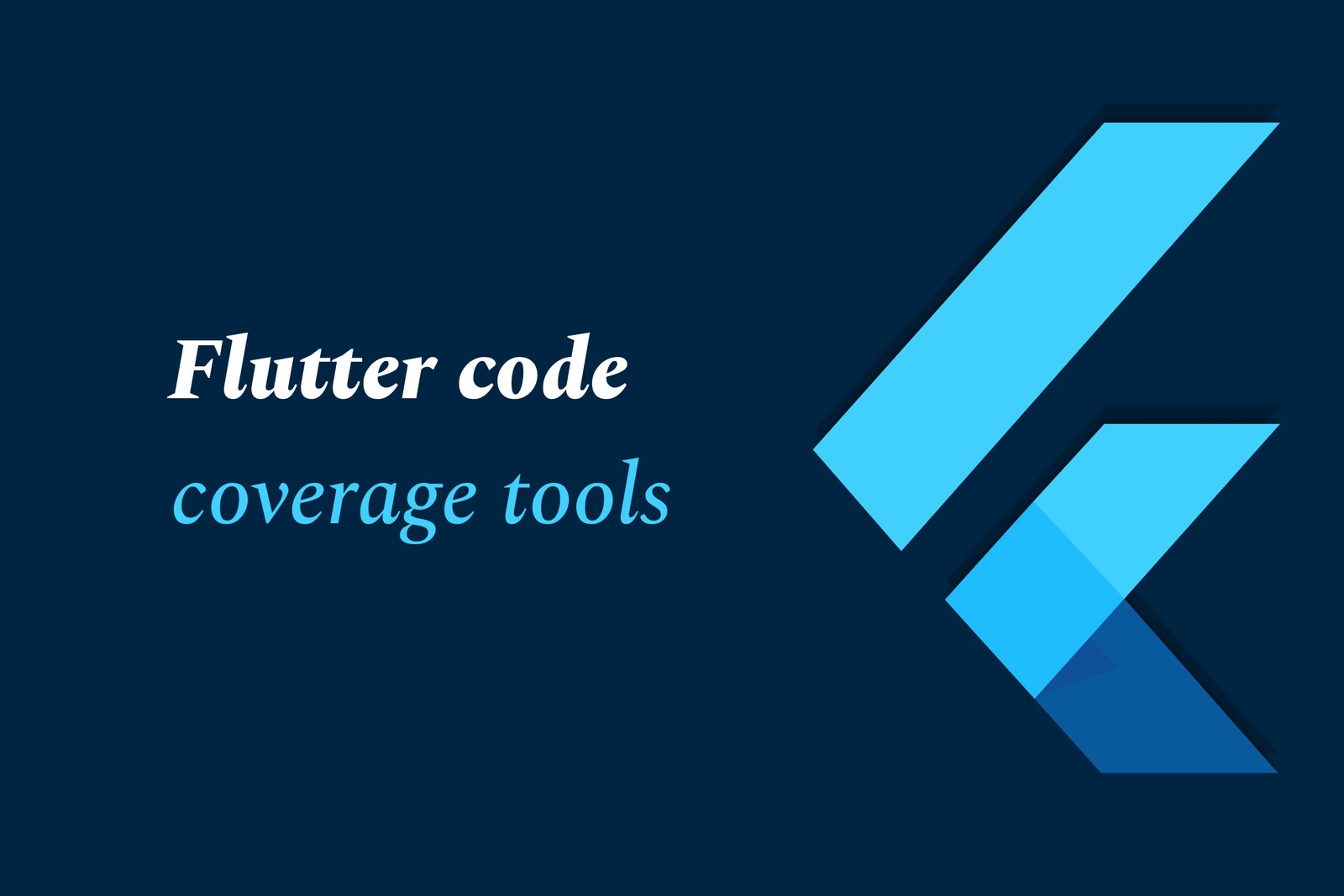Building AI-First Apps with Flutter
Building AI-first apps with Flutter means creating intelligent, adaptive applications that integrate AI deeply from the start, using Flutter’s cross-platform framework for fast, seamless deployment across devices, combined with AI tools like Semantic Kernel for advanced capabilities.
Building AI first apps with Flutter
1 ) Introduction to AI First Apps
AI first applications embed artificial intelligence as the core technology rather than merely adding AI features after development. This paradigm shift is transforming everyday software by enabling apps to communicate, understand, and assist users intelligently. The rise of accessible large language models (LLMs) like OpenAI’s ChatGPT has accelerated development, making conversational and other intelligent applications easier and faster to build.
2 ) Approaches to Integrating AI in Apps
Direct API Wrappers: Developers can build custom wrappers around AI service APIs (OpenAI, Azure OpenAI, Hugging Face) to integrate AI capabilities. This is suitable for simple input output applications.
Using AI SDKs: SDKs like Microsoft’s Semantic Kernel abstract the complexities of underlying AI architectures, letting developers focus on business logic and rapid app creation. They offer modular AI “building blocks” to combine and customize AI functionalities efficiently.
3 ) Semantic Kernel Overview
Semantic Kernel is an open source toolkit from Microsoft acting like a “big box of Lego blocks” for AI services, e.g., language understanding and content generation. Developers can pick, combine, and extend these AI modules to build highly customized AI first applications without managing low level AI infrastructure.
4 ) Building a Cross Platform AI App with .NET MAUI and Semantic Kernel
The article describes a practical example — building a complete AI driven application named “Guess What?” using .NET MAUI 8 for front end and Semantic Kernel for AI integration. This showcases an end to end AI first development experience beyond simple demos, highlighting XAML UI design and AI architectural concepts.
5 ) Flutter as a Multi platform AI Ready Development Framework
Flutter enables developers to write a single codebase that compiles natively for mobile, web, desktop, and embedded devices. Its fast performance, productivity features (like Hot Reload), and flexible design controls make it ideal for building beautiful AI first apps that run seamlessly across platforms.
6 ) Designing AI First Apps: Best Practices
Build AI into the core architecture from the start rather than bolting it on.
Use machine learning pipelines, neural networks, and real time data processing for continuous learning and adaptation.
Employ vector databases and embeddings for semantic understanding rather than relying solely on traditional relational databases.
Ensure scalability, transparency, and ethical AI behavior through monitoring and mitigation of model inaccuracies.
7 ) Future Directions and Impacts
The AI first approach is likened to the shift that mobile first design made in app development, fundamentally changing how applications are designed, built, and scaled. Moving beyond chatbots, AI first apps augment user abilities, learn dynamically, and proactively improve experiences across multiple domains.
Summary:
Building AI first apps with Flutter involves deeply integrating AI technologies using SDKs like Semantic Kernel, leveraging Flutter’s multi platform capabilities for fast, flexible development, and adopting architectural best practices that prioritize AI as the foundation. This approach leads to intelligent, adaptive, and user centric applications that represent the future of software development.
https://justacademy.in/news-detail/why-flutter-developers-are-in-high-demand-in-india
https://justacademy.in/news-detail/flutter-state-management-in-2025:-what’s-trending?
https://justacademy.in/news-detail/flutter-roadmap-beyond-2025
https://justacademy.in/news-detail/flutter-lts-release:-what-it-means
https://justacademy.in/news-detail/flutter-web-is-now-production-ready:-key-announcements
Related Posts
Top Flutter animation packages like SpinKit, Animations, and Flutter Animate simplify adding smooth, engaging animations to apps. They offer ready-made loaders, material transitions, and versatile effects, enhancing user experience with minimal code and improved UI appeal.
Flutter AI packages are rapidly gaining traction by enabling developers to easily integrate powerful AI features like machine learning and natural language processing into cross-platform apps, boosting innovation and efficiency within the growing Flutter ecosystem.
Flutter enables cross-platform desktop app development with a single codebase, offering fast UI design, native performance, and strong community support. However, it faces challenges like larger app sizes, limited desktop-specific features, and a less mature ecosystem compared to native tools.
Flutter AI combines Flutter’s cross-platform app development with AI technologies to create smart, efficient fintech and healthcare apps—enabling fraud detection, personalized finance tips, medical imaging, virtual health assistants, and automation for improved user experience and operational efficiency.
Flutter's Linux desktop support has steadily advanced, improving performance, native theming, and integration with Linux desktop environments. Collaboration with Canonical and the community is driving better window decorations, menu support, and release-ready app builds for seamless Linux app development.
Flutter is a versatile UI toolkit by Google enabling cross-platform app development, increasingly used for Smart TVs and IoT devices. It allows building native-like interfaces for diverse platforms, streamlining development despite challenges like remote navigation and platform-specific integration.
Flutter native compilation for web transforms Flutter code into efficient JavaScript and WebAssembly, enabling fast, high-performance web apps with smooth UI rendering. This approach delivers near-native speed and consistency across browsers using a single codebase.
Flutter DevTools has been updated with enhanced performance profiling, an improved widget inspector, network monitoring, Material You theming support, faster hot reload/restart, and better accessibility tools—helping developers debug and optimize Flutter apps more efficiently.
Flutter code coverage tools measure the percentage of code executed during testing, helping developers identify untested parts. Using commands like `flutter test --coverage` and tools like LCOV and VSCode extensions, they visualize coverage to improve code quality and reliability.
In 2025, Dart Pub remains a vital hub for discovering and managing Dart packages, driven by Flutter’s growth. Trends focus on enhanced cross-platform tools, improved performance, richer libraries, and rising use in innovative apps like AR, making Dart Pub essential for versatile, modern development.










